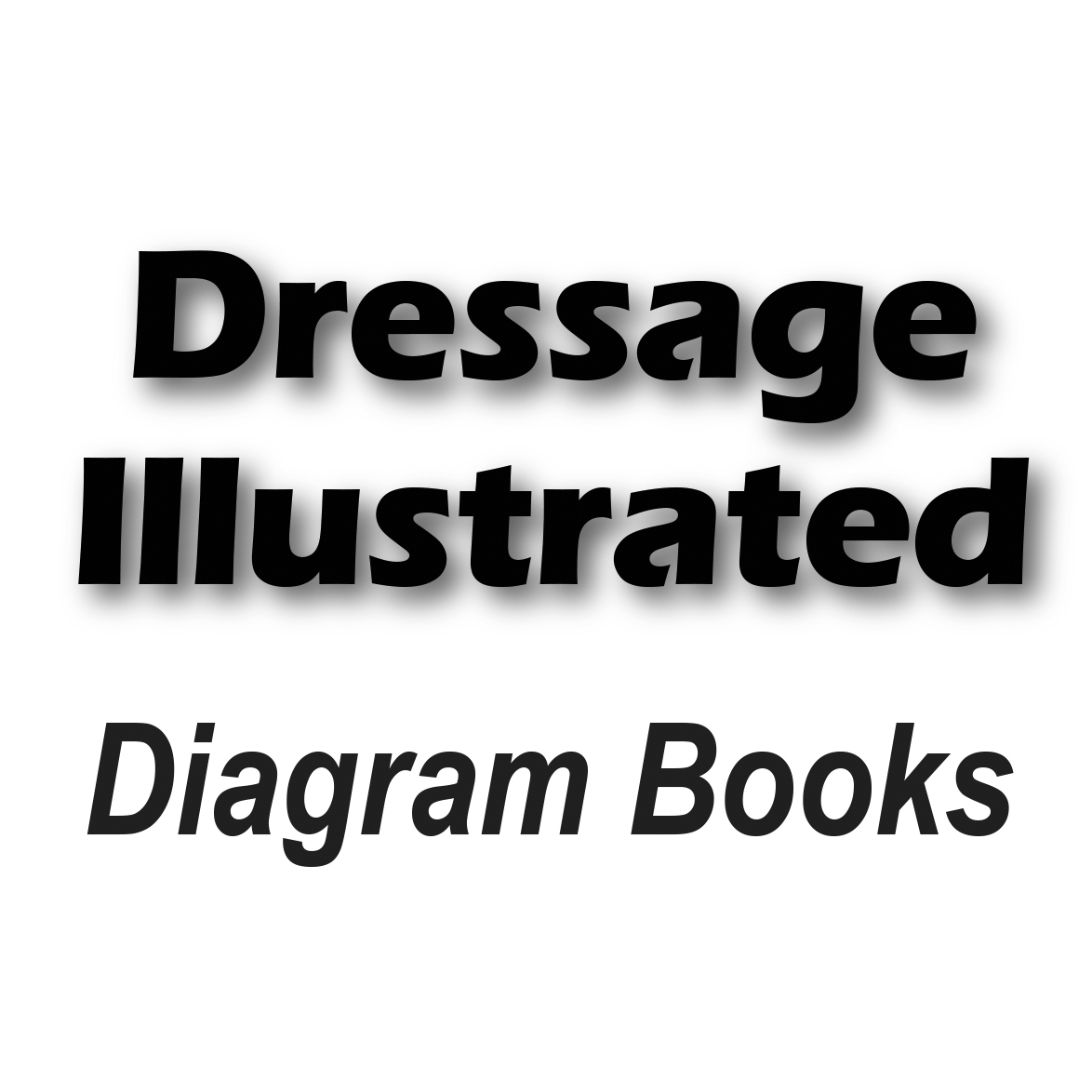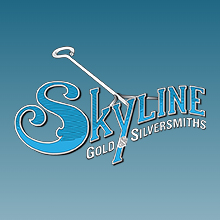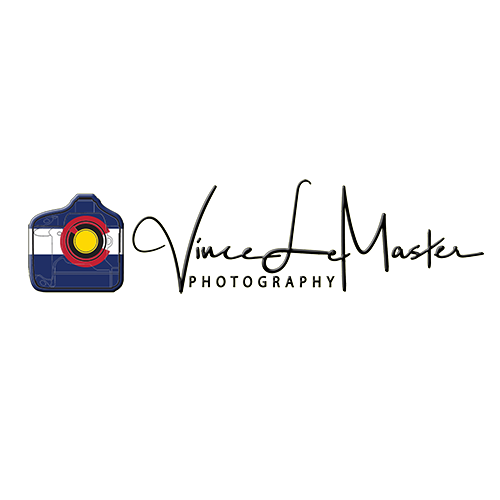Ring Savvy As Seen From The Judges And Scribes Perspective
By Sue Hughes and Mary Lynne Zylstra
Show season is almost here. Are you nervous? First time in the dressage ring or working hard to get those scores up from last year?
Whatever your goal is, Mary Lynne Zylstra, board member of the Western Dressage Association of Michigan, said she scribed a lot during our last live season. She was so amazed that riders lost lots of points because they neglected those little things, she called the basics. The basics of test/ring riding.
She and I are writing this article to see if we can help.
When you first begin to show, you must learn two difficult skills. One is "how to get around the ring". The other is "how to ride your horse at the same time to show the basics of his super training." No wonder this is hard!
Let us start with the entry. Plaster that grin on your face as you enter and keep it there for the judge to see. Really. You are coming through the "proscenium arch" of your stage and you want to look confident. No one can feel how dry your mouth is!
Come in with the working or collected gait called for by your test. Enough tempo to show off. Keep your eyes on the judge at C and your horses' withers straight on that line.
Mary Lynne emphasized that she saw many problems with the halts both at the beginning and end of the test. She strongly suggests that you go back to groundwork like in Halter or Showmanship classes. There you must present your horse to the judge standing straight and square in short order. This takes consistent practice, but once your horse understands what is expected of him and knows the square stand cue, he does it instantly. Then extend his knowledge to under saddle. This skill needs lifelong practice.
Come to a halt through a few steps of active walk if the test requires that. Or trot to halt after first level and canter to halt in Fourth level. Breathe and dare to pause. There is a rule that all entry and ending halts shall be held for 3 seconds. Salute. Give your horse a tiny warning that move off is coming. Get contact, legs on and go promptly.
Two turns face you: at C and in the corner. Your aids for those should be so routine on a daily basis that it is easy for your horse.
Dressage tests are written in phases. Usually trot work comes first, walk in the middle and canter at the end. They try to be mirror images, so you do the same figures and movements one way and then the other. Get an overall picture of your test in your mind. It helps to memorize it that way instead of letter to letter.
But do not forget the letter thing. The body of the rider should be at the letter mentioned. Coming across the diagonal there is about 2.5 feet of horse in front of you, so that reaches the letter first. Then it is your turn to be there, so aim his withers at your end point not his nose.
In geometry, circles have no beginnings nor endings. In dressage they do. For example if your test calls for a 20 meter circle at B, your horses' shoulder touches at B, you touch, his hip touches, and by the time his tail gets there, his front end and you are out of the track. At the circle's end, his nose touches the letter, you touch, as required, his hip touches, and you are straight ahead.
Here are two big ways to gain points and they are almost always a coefficient score. They are the free walk and whatever is new to the level. A coefficient means that if the judge says 7, the scorer gives you 14. Most important is that you practice these at home. Do not just hope for the best at the show. That is a waste. It is not easy, but the reason the coefficients are there is to Prove that you and your horse are emphasizing back to front training. His engine is turned on. That energy is flowing through him and you and to the bit and back again. That is connection. So, if you allow the reins to slide forward, he will draw the connection/bit down and out to the point that The Top Line Is Released.
Mary Lynne emphasized that by saying "Work On Your Walk "- especially the free walk. Most points are lost here, she observed. "If you think your horse is built too uphill to stretch, think again. Horses graze in the pasture every day with their heads down and walk with purpose to find a good patch of grass. It may seem easier for a Quarter horse vs a Friesian or a Warmblood to stretch into a free walk but think of it as releasing and relaxing and learn a cue for it.
Most horses' muzzles will need to reach down to their shoulder points for that release to happen. That is your goal to reach while practicing at home. You need mirrors or an instructor or a friend to watch and report so you can learn the feel because you cannot see it.
The horse should swing his limbs freely as he marches through the stretchy figure. He needs to have a bit of overstep and show off his beauty as well, so no slowing down!
The ending of stretchy walks and trots is tricky. Do Not Start By Picking Up The Reins. Draw the hindquarters under you with your seat and legs, engage his abdominal muscles with your lower legs, and balance up the front end into contact with the bit. A series of collecting half halts mixed with shortening of the reins works.
Actually, the quality of the walk or trot is the essence of stretchy work. But the transitions at either end are strong modifiers. In advanced tests, they even deserve separate scores, so the stretchy parts get a fair shake in the score. Another place where coefficients of two help you are in the figures themselves. It is important to show balance. Mary Lynn adds that "what helps me to keep the horse’s balances (both back to front and side to side) is a description I learned in a clinic with Betty Jo Crosby. She said "keep the horses' legs inside the train track. Imagine riding in a circled train track and you must keep the horses' body and legs arced inside the tracks, so you won't 'derail'".
Now here comes the final center line. Plaster that same smile on your face no matter what! Presentation counts!
We hope these tips will help you along "The Journey" in both English and Western dressage.










